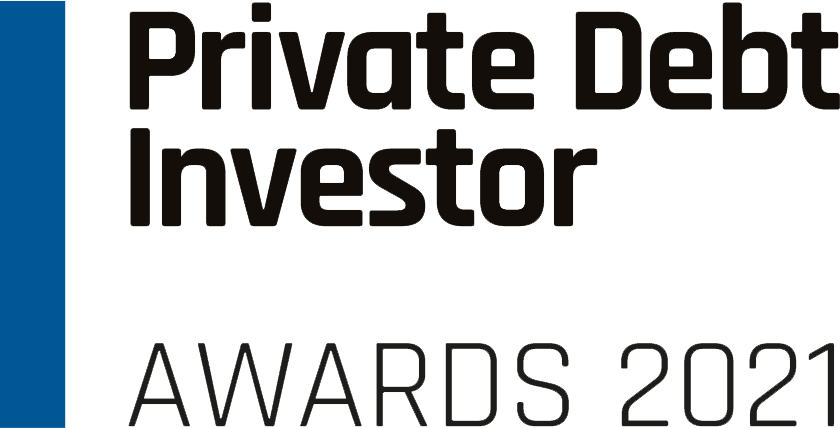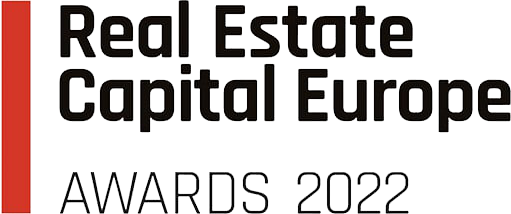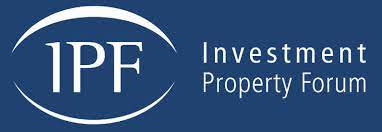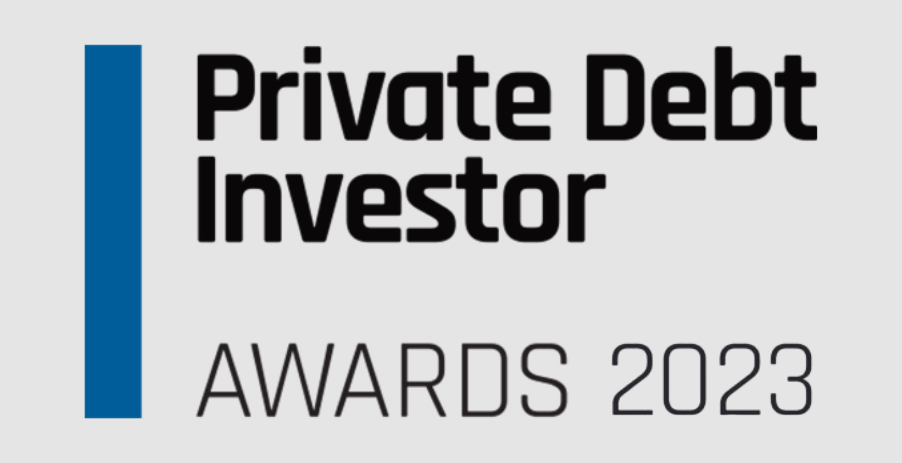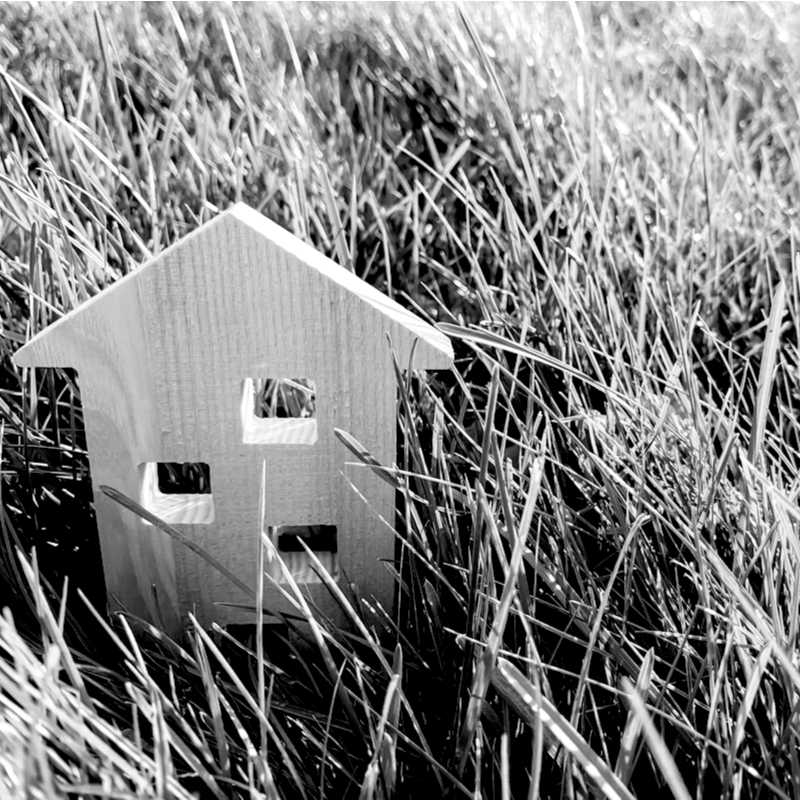
The Growth of Green Finance and its Impact on Residential Development
Green finance today is akin to the internet in 1999; it exists already, but most of its extraordinary growth still lies ahead.
The definition of Green Finance, according to the UN Environmental Programme, is an instrument to increase financial flows (from banking, micro-credit, insurance and investment) from the public, private and not-for-profit sectors to sustainable development priorities.
The growth of Green Finance as a significant trend in investment, debt and financial markets internationally is undeniable, and there is increasing data available to show its prevalence. Out of a total of $92 trillion in global assets under management, over $30.7 trillion are now classified as “sustainable assets”. Furthermore, approximately $465 billion in sustainable debt was issued in 2019, a notable jump from just $14.8 billion in 2012.
The trend is not going anywhere; by 2025, the number of ESG funds is expected to surpass the number of conventional funds. The UK government plans to launch its first sovereign green bond in 2021.
Real estate is a key area where Green Finance can make a significant impact. The built environment accounts for nearly 40% of the UK’s carbon emissions, and 35% of London’s. In addition, construction in the UK produces 59% of the country’s waste and consumes 40% of its raw materials. Government-level and local-level authorities in the UK are spearheading various initiatives to make housing and the construction industry more environmentally friendly.
The UK has set in law a target to bring all its greenhouse gas emissions to Net-Zero by 2050 – one of the most ambitious targets in the world. As part of the journey to 2050 the government has committed to introducing the Future Homes Standard in 2025, commencing the first of a two part consultation in 2019.
Both government and industry have set up various initiatives such as the Future Homes Taskforce (set up by the Home Builders Federation), the launch of the Green Finance Institute (GFI), the UK National Standards Body’s release of the first specification for responsible and sustainable investment management.
While a significant portion of this effort and investment will be directed towards retrofitting existing housing stock, new residential housing development is a critical part of the jigsaw; new homes being built now and in the next 5-10 years will still exist in 2050 and therefore energy efficiency standards need to be in place by 2025 to hit the 2050 target.
Whilst building to Sustainable Construction standards can increase costs, developers can realise tangible financial benefits from green finance in three primary ways:
• Better financing terms from specialist lenders seeking to incentivise green building practices
• Increased property values
• A faster sales cycle resulting from increased consumer demand
• Lower in-use running costs
Developing greener buildings also lower risks and provides benefits to other stakeholders. Environmentally certified homes have been found to have significantly lower default and prepayment risk on mortgages. A US study found that certified buildings had a 34% lower default risk than regular buildings. Similarly, a 2015 UK study reported that BREEAM-rated commercial buildings commanded rental premiums ranging from 23 to 26% compared to the non-rated buildings. It’s estimated the introduction of minimal efficiency standards on UK residential property could increase rental yields by up to 6.3%.
Green loans for residential development are set to be a major part of the broader shift in Green Finance and wider shifts in business practises towards more ESG driven strategies, both in the UK and globally. We are only witnessing the very early stages and Precede Capital aims to play a significant part by developing Green Finance products to help its clients transition to a more sustainable future.
https://www.unep.org/regions/asia-and-pacific/regional-initiatives/supporting-resource-efficiency/green-financing
https://www.bloomberg.com/graphics/2019-green-finance/
https://about.bnef.com/blog/sustainable-debt-sees-record-issuance-at-465bn-in-2019-up-78-from-2018/
https://www.ft.com/content/5cd6e923-81e0-4557-8cff-a02fb5e01d42
https://www.greenfinanceinstitute.co.uk/uk-government-announces-a-sovereign-green-bond/
https://www.mdpi.com/2071-1050/12/7/2729
http://immobilierdurable.eu/images/2128_uploads/Chegut_Eichholtz_Kok_green_value_in_the_uk.pdf
https://www.citizensadvice.org.uk/Global/CitizensAdvice/Energy/Frontier Economics for Citizens Advice – The Impact of Minimum Energy Efficiency Standards in the Private Rented Sector.pdf
https://www.ukgbc.org/climate-change/


